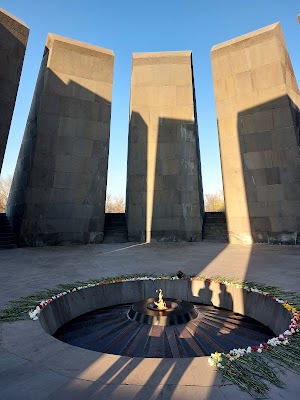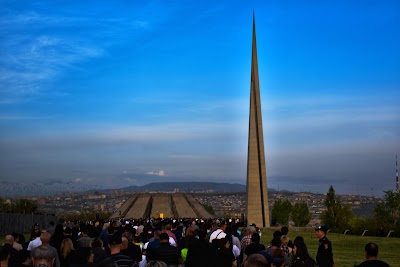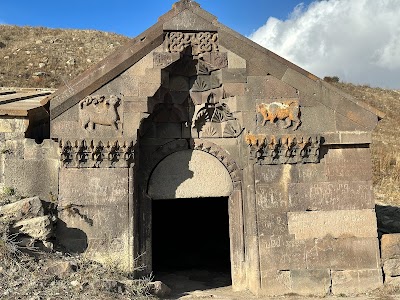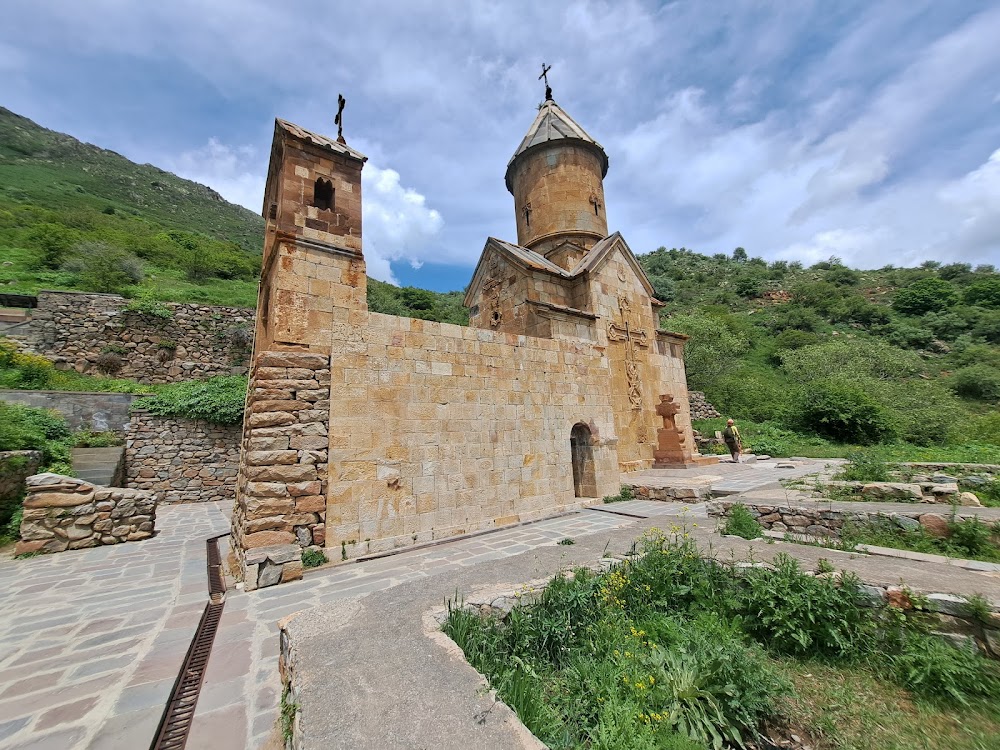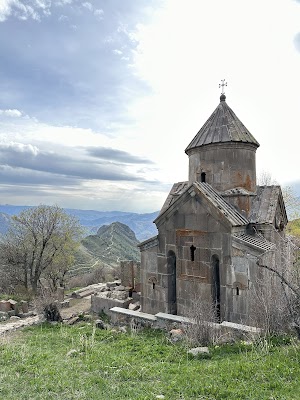Armenian Genocide Memorial in Vayots Dzor (Հայոց ցեղասպանության հուշահամալիր)
Overview
The Armenian Genocide Memorial in Vayots Dzor is a poignant tribute situated in the breathtaking Vayots Dzor Region of Armenia. This solemn site serves as a powerful reminder of the tragic events that transpired during the early 20th century, honoring the memory of the 1.5 million Armenians who lost their lives during the Armenian Genocide from 1915 to 1923.
Nestled within a region celebrated for its stunning landscapes, lush vineyards, and historic monasteries, the Vayots Dzor Memorial stands as a beacon of remembrance and reflection. It not only memorializes the past but also educates visitors about a crucial chapter in Armenian and world history. By visiting this site, tourists gain valuable insights into the resilience and enduring spirit of the Armenian people.
The memorial is distinguished by its striking architecture and symbolic elements. The design of Armenian Genocide memorials often incorporates traditional Armenian motifs and religious iconography, forging a deep connection to the cultural and spiritual identity of the Armenian people. Many visitors are touched by the site’s poignant simplicity and dignity, which frequently features an eternal flame, symbolizing everlasting memory and the relentless quest for justice.
A visit to the Armenian Genocide Memorial in Vayots Dzor is enriched by understanding its historical context. The genocide, orchestrated by the Ottoman government during World War I, led to the systematic massacre and forced deportation of Armenians from their ancestral lands. This dark chapter has profoundly impacted the Armenian nation and diaspora, fueling a global movement for recognition and acknowledgment of the genocide.
The significance of the Vayots Dzor Memorial goes beyond mere commemoration; it is also a place of education. Visitors can learn about the events through informative plaques and guided tours. Many travelers find it deeply moving to stand in a space that honors so many lives, listening to stories of survival and perseverance shared by guides or exhibited in nearby museums. These experiences leave a lasting impression on all who visit.
One notable aspect of the Vayots Dzor Memorial is its stunning location. The Vayots Dzor Region is rich in history and natural beauty, making it an attractive destination for those interested in cultural heritage as well as outdoor adventure. A visit to the memorial can easily be combined with tours of nearby historical sites, such as the Noravank Monastery, Jermuk Waterfalls, and the wine-producing areas of Areni.
Interesting facts about the memorial include its dedication ceremonies, which draw significant attention from both local and international communities. These ceremonies typically occur on April 24th, Armenian Genocide Remembrance Day, marked by various commemorative activities that unite attendees from around the world, fostering a spirit of unity and remembrance.
Moreover, the tranquil setting of the memorial provides a space for contemplation and solace. Surrounded by the serene and majestic scenery of the Vayots Dzor Region, it offers a peaceful atmosphere where visitors can pay their respects and reflect on the enduring legacy of those who suffered.
For foreign tourists, a visit to the Armenian Genocide Memorial in Vayots Dzor presents not only an educational experience but also an opportunity to connect with local culture and history on a profound level. The heartfelt stories, the solemn beauty of the memorial, and the stunning environment of Vayots Dzor combine to create an unforgettable experience that resonates deeply with all who visit.
Ultimately, the Armenian Genocide Memorial in Vayots Dzor stands as a powerful testament to human resilience, remembrance, and the ongoing pursuit of truth and justice. It transcends being merely a monument; it serves as a beacon of hope and a reminder of the critical importance of acknowledging and learning from history to pave the way for a better future.


